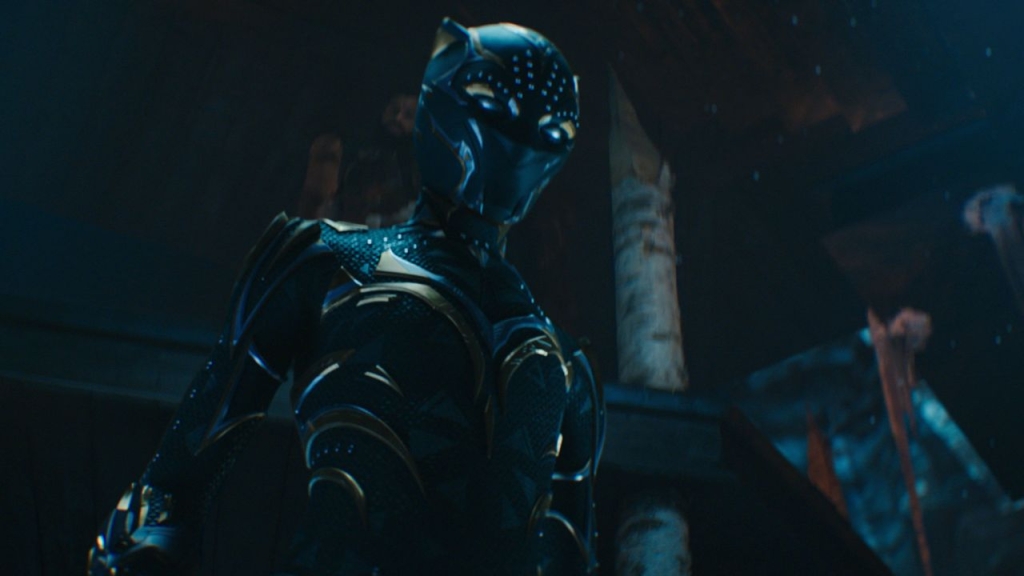() — In the language of Olympic diving—a good analogy for blockbuster movie-making— Black Panther: Wakanda Forever faced an inordinate degree of difficulty in dealing with the tragic death of Chadwick Boseman.
The fact that the film manages to achieve that somber tone while still being Marvel-style entertaining is a huge achievement, though the tension created by these two forces pulling in different directions cannot be entirely ignored.
Director and co-writer Ryan Coogler and Marvel’s Kevin Feige they almost immediately ruled out any idea of recasting the lead role, which made the addition of King T’Challa’s death an inevitable part of the plot. His absence lends the film considerable emotional weight, but it also provides a constant reminder of the real world that makes escaping adventure a higher bar than standard superhero movies.
The solution adopted allows (indeed, requires) other characters to become more important, and admirably rise to the occasion, while transforming this sequel into one of the studio’s most female-focused efforts, with Letitia Wright, Angela Bassett, Lupita Nyong’o, and Danai Gurira playing more prominent roles.
Black Panther it had already been defined in part by its strong female characters, such as the king’s loyal guard, Dora Milaje, and sister Shuri (Wright), a genius inventor. The sequel, however, forces them to grapple with defending their people while in the throes of grief, again reflecting the delicate juggling act the entire film represents.
As if these basics weren’t enough of a challenge, Coogler and company also embark on another world-building exercise almost on the scale of the Black Panther original, introducing another hidden fantasy kingdom—this time of the underwater variety—presided over by its own king, Namor (played by Tenoch Huerta Mejía), the one with winged feet, extraordinary strength, and the amphibious ability to straddle the ocean and earth.
The producers deftly weave Namor’s Mayan-inspired kingdom into the narrative through its access to the precious metal that put Wakanda on the map, vibranium, with Namor understandably concerned that the exposure of reserves of their village puts them in danger from those who live above.
A scene from “Black Panther: Wakanda Forever.”
Unfortunately, the dazzling aspects of this underwater world cannot help but bear a more than passing resemblance to Aquamanfrom DC, which clouds the sense of awe that those sequences are clearly intended to evoke.
Ultimately, all decisions Wakanda Forever they have a logical framework, from the issues surrounding the handover of the baton to the build-up of confrontation between the two kingdoms, and Wakanda’s still wary stance towards the rest of the world.
The bigger question — have those decisions really put the franchise on a sustainable path in terms of taking it into the future, or have they simply made the best of the bad hand the filmmakers were dealt after the huge success of the 2018 release? — is more difficult to judge at this point.
Since other Marvel stalwarts have left the universe after end game, Black Panther it seemed poised to become a benchmark for the future.
It remains to be seen if Wakanda Forever can fill that gap and position Marvel to fill that void. But faced with the daunting task of sending off a star tragically snatched from his prime in understated but poignant fashion, Coogler gave the audience – and the studio – a solid, elegantly executed dive into a Wakanda for the present.
Black Panther: Wakanda Forever opens November 11 in US theaters. It is rated PG-13.


![[Img #74144]](https://thelatestnews.world/wp-content/uploads/2024/10/The-largest-molecules-found-in-space-150x150.jpg)








